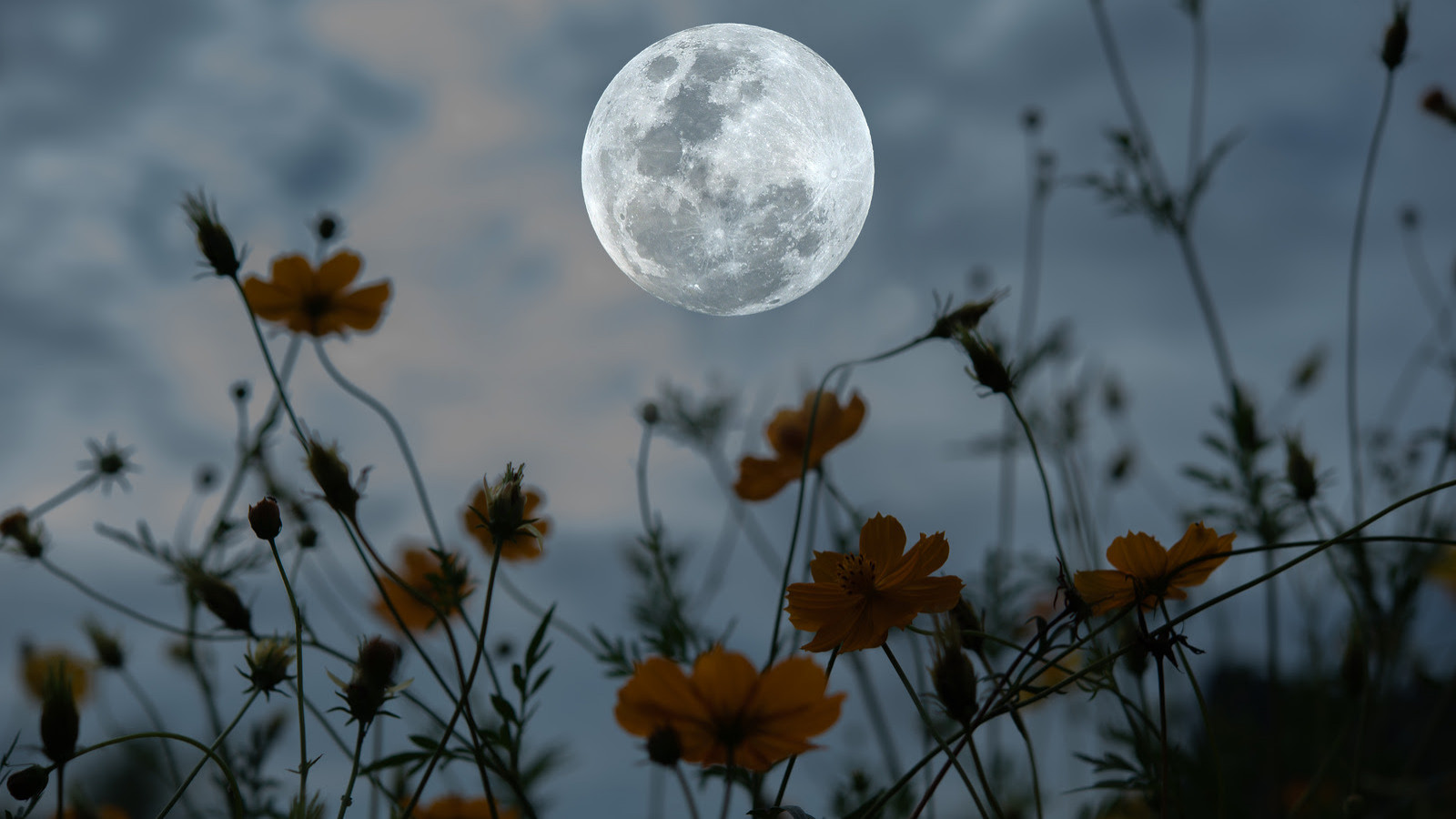Why You should Cut back a Garden in the Spring?

The perennial garden and the grasses were NOT cut back because research has taught me that we are hurting the birds, insects and wildlife that hibernate in the gardens over the winter.
"The winter garden is just as important as the garden in any other season." (“Winter Gardens and Spring Cutback - The High Line”) Piet Oudolf’s who designed the Highline in NYC has taught me as I have taken advanced courses, attended lectures, and followed Piet Oudolf’s journey on building and maintaining perennial pollinator garden which I planted at your home this past year.
Plant Shapes, ornamental grasses, perennials with flowers that are frozen in time are all elements that are even more pronounced in winter than during other times of the year. Plants share with the viewer seasonal interest such as seed heads, berries, red twig dogwoods, beach grasses and leaf litter fallen from the trees. Winter is the garden’s quiet time when its subtler charms hold sway. It’s the season of the three B’s – eye-catching bark, colorful berries, and architectural branching – and of evergreen foliage. And it’s also the time to appreciate the marvelous and often beautiful diversity of seed heads.No plants better exemplify this beauty than grasses. Many produce large, elaborate flower heads that reach their full glory in fall and winter as the seeds ripen and scatter.
All textures and shapes are more prominent; plants shadows and silhouettes cast against a snowy bed or a winter landscape.
I designed and planted your garden to achieve a true four-season—a garden that celebrates change across timescales of individual moments, days, seasons, and years.
“Managing this four-seasons of splendor means garden staff leave perennial plants uncut throughout the fall and winter, bringing the beauty of brown (as well as gold, tan, and similar colors) to the landscape. Added benefits of leaving perennial plants up year-round comes from the ecological services provided by the presence of seed for feeding birds and animals, ample cover for overwintering insects and critters, and abundant material for nest building by birds and other animals.”
Cutting back the garden in the fall is a “habit,” but it is hurting the bird and insect world that uses plants, grasses and fruit for food, shelter and making a home in the colder months.
The act of cutting back perennial plants in the fall serves no meaningful purpose, provides no significant ecological value, and, in fact, robs the environment of beneficial services. And ecological.
To make room for new spring growth, the gardens will be cut back every March to complete the task of cutting back our plants by hand, to be composted and returned to the soil." Winter is when we typically prune all our trees for structure, safety, and resilience in a landscape that is under constant environmental pressures of heat, cold, extreme winds, and high visitation. During winter, as well as year-round, we prune trees for the “3 Ds”: death, disease, and damages.